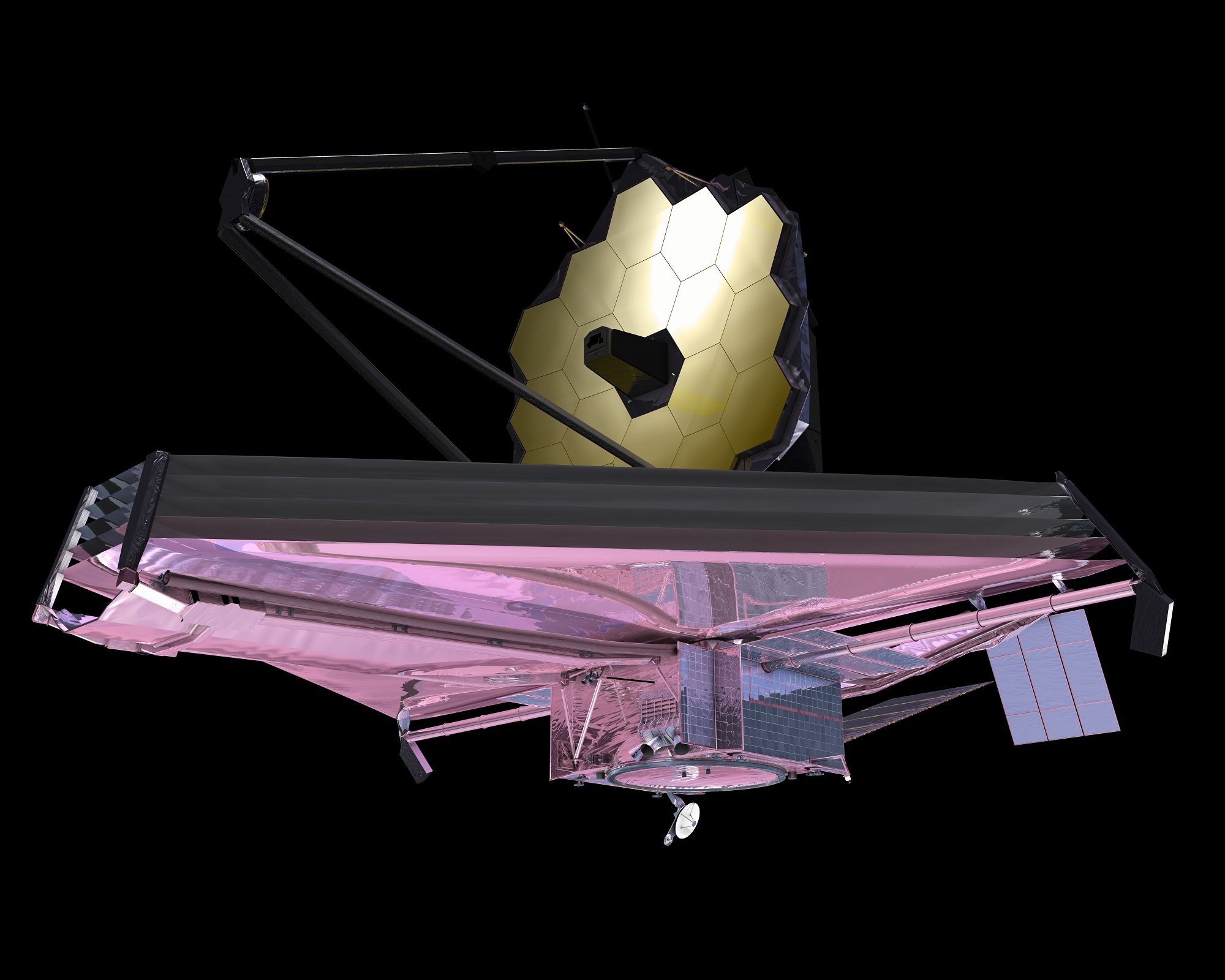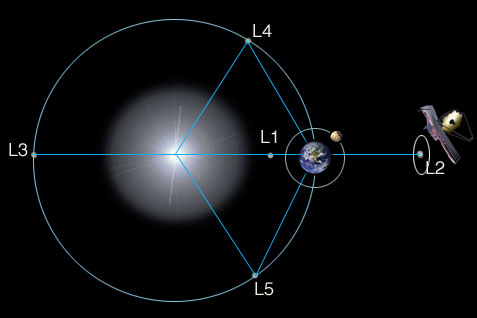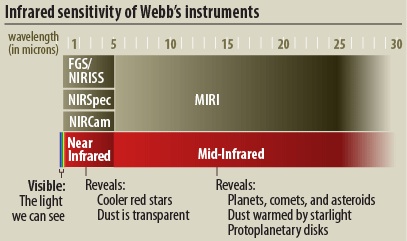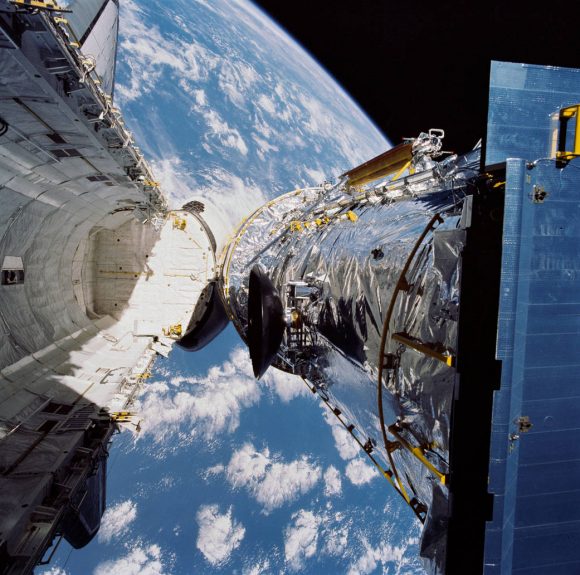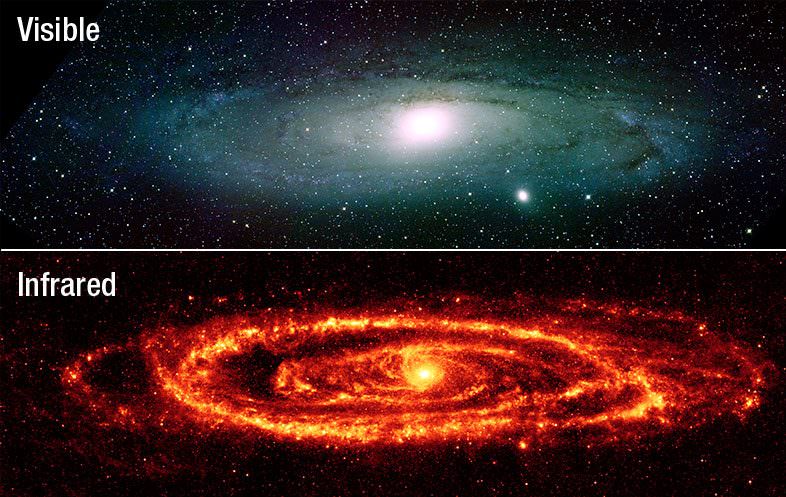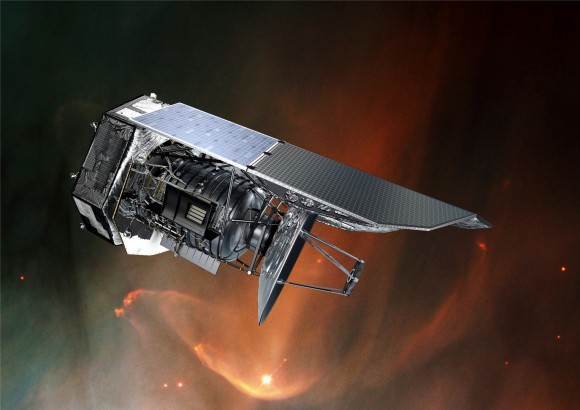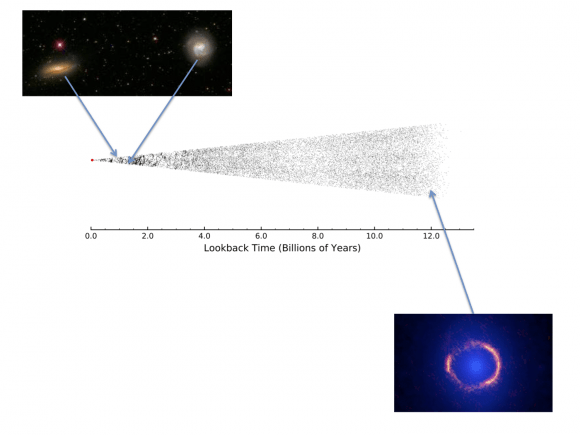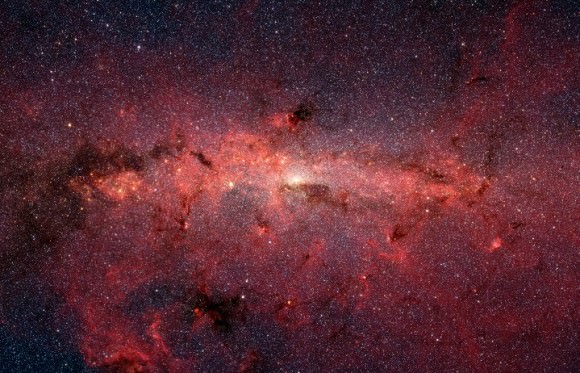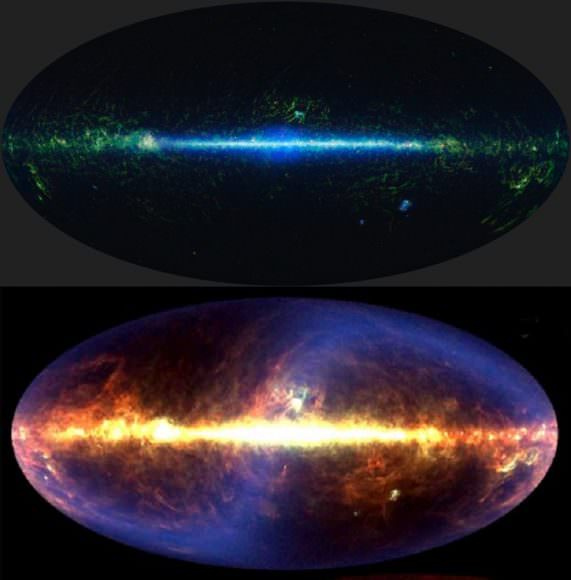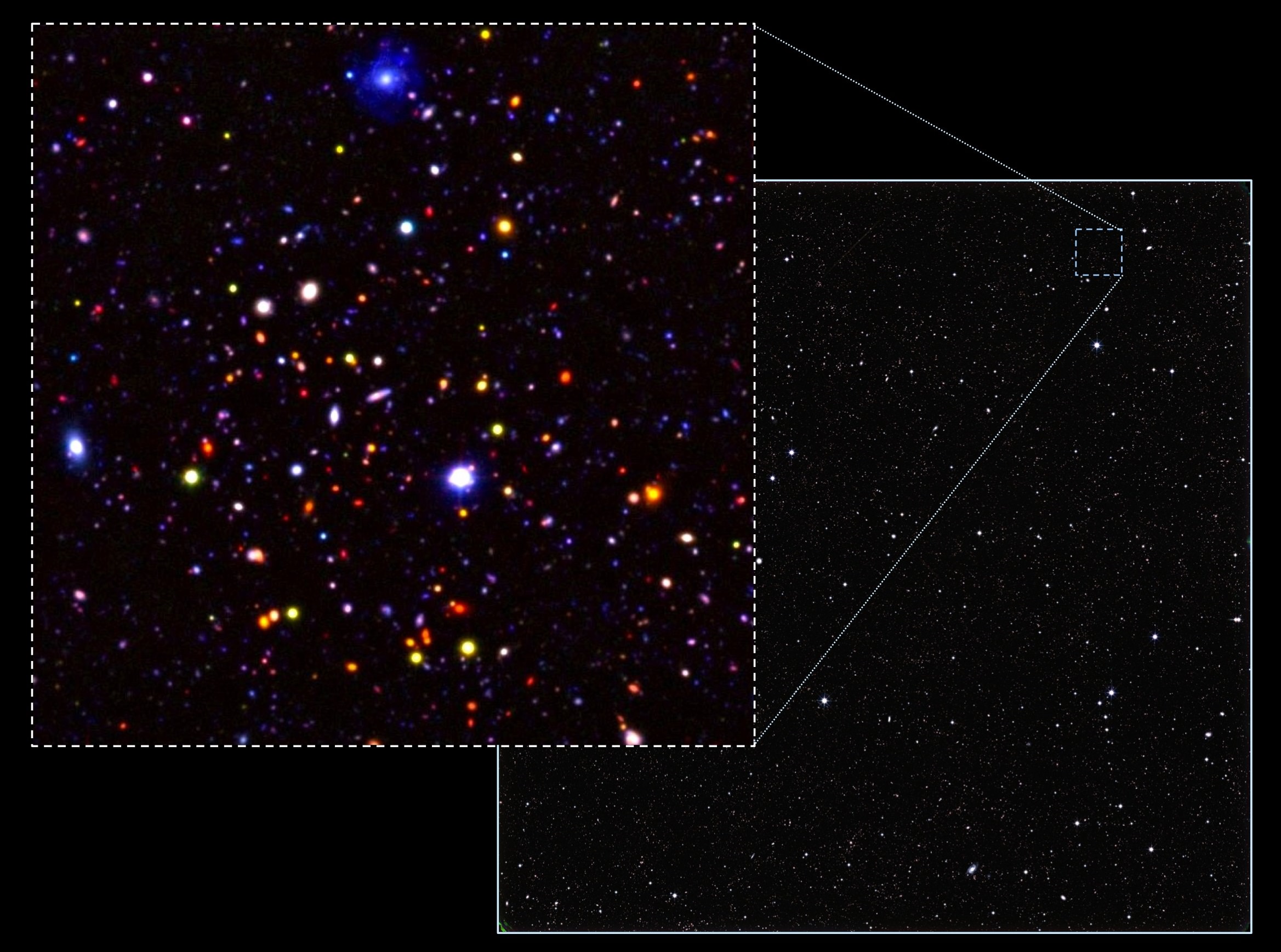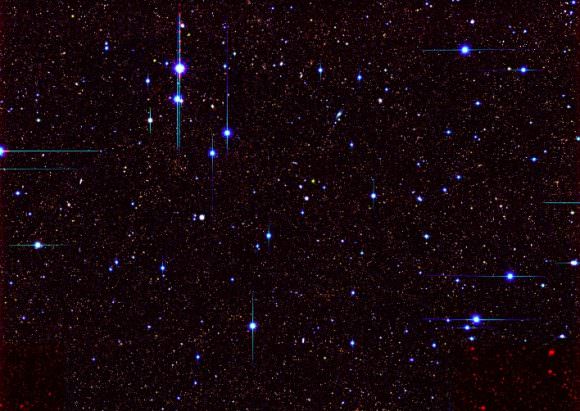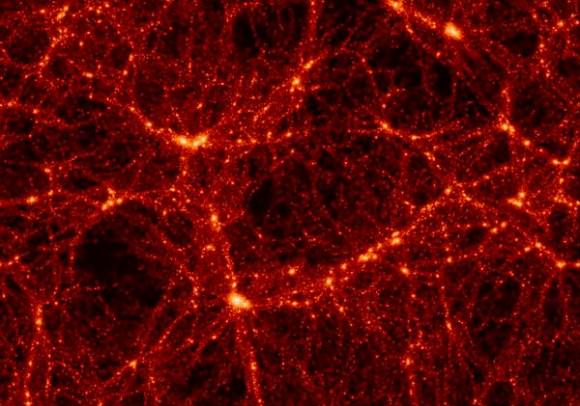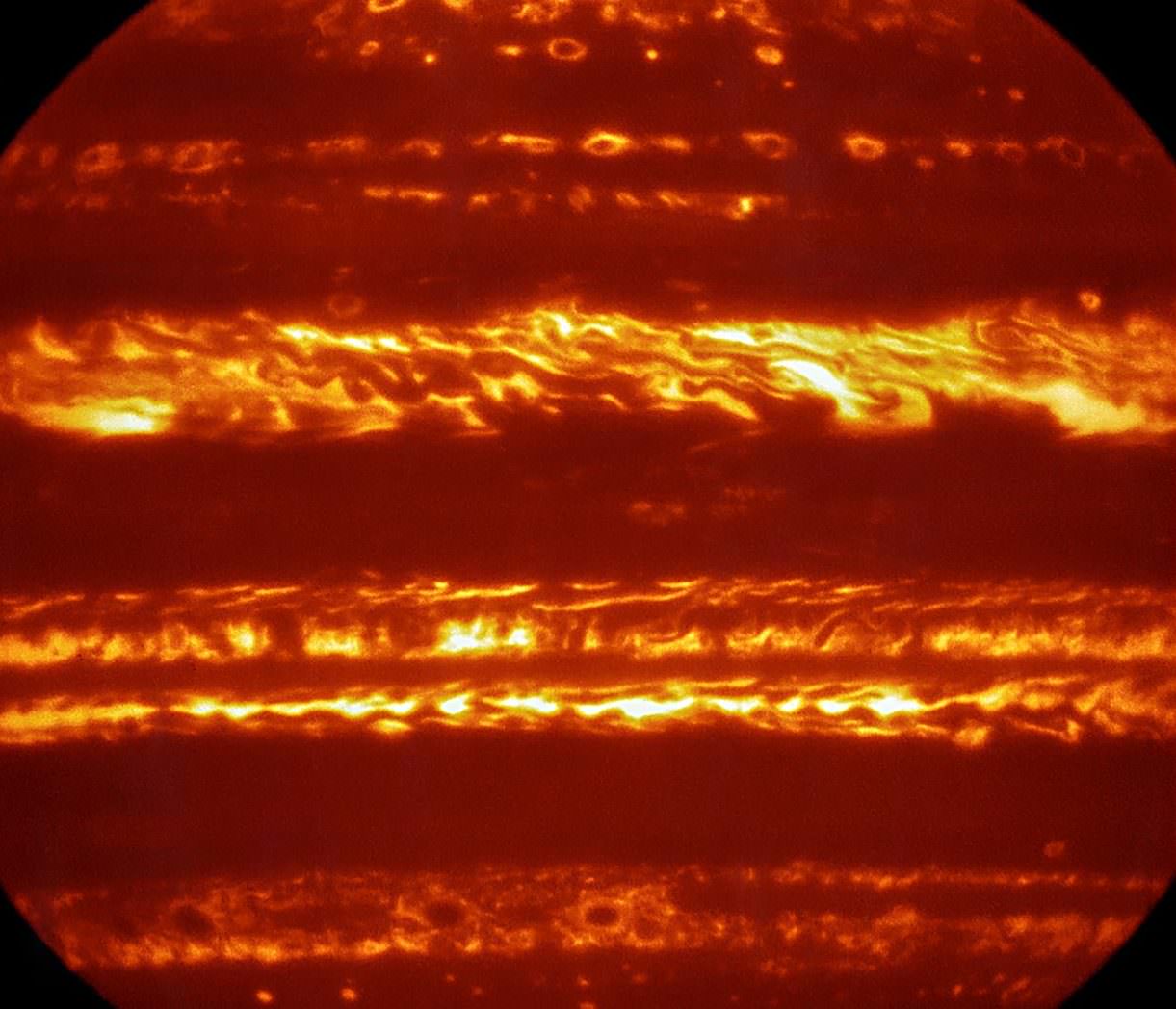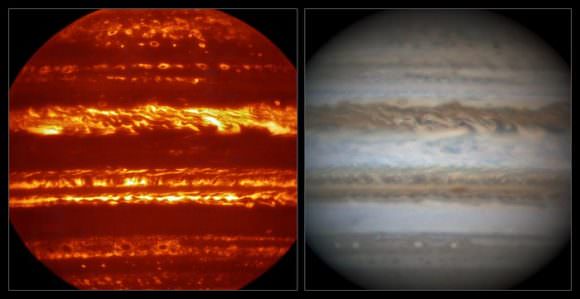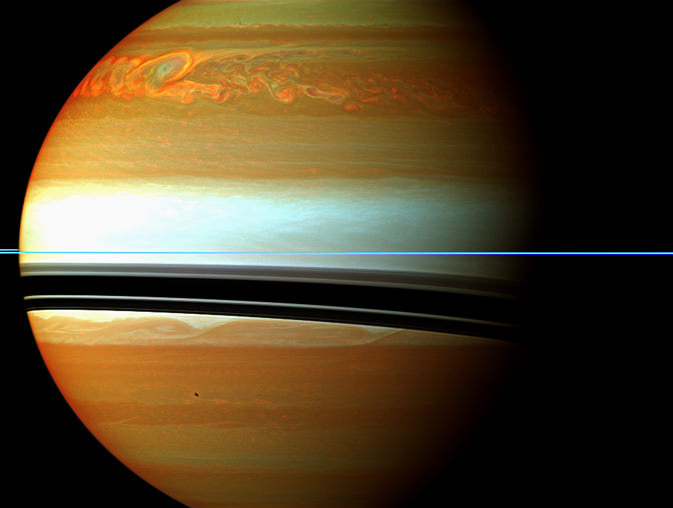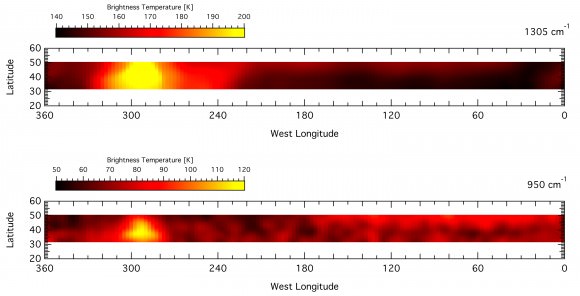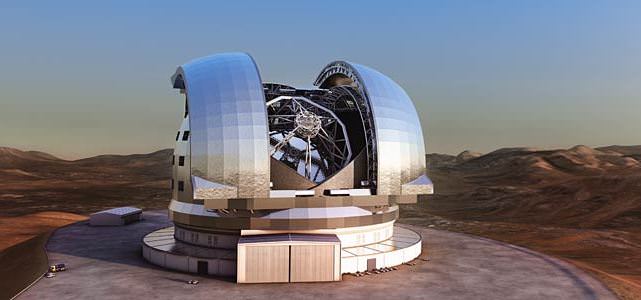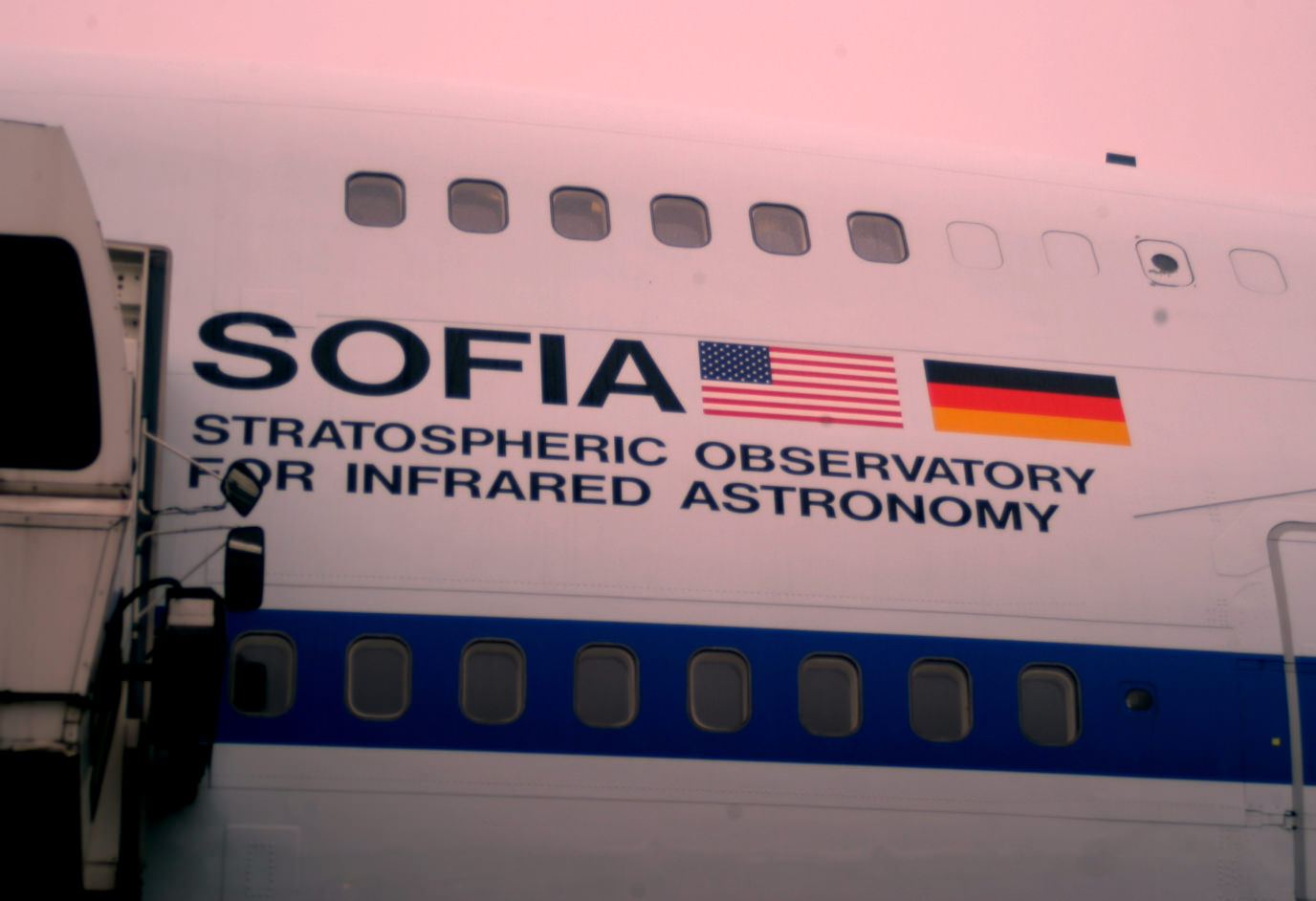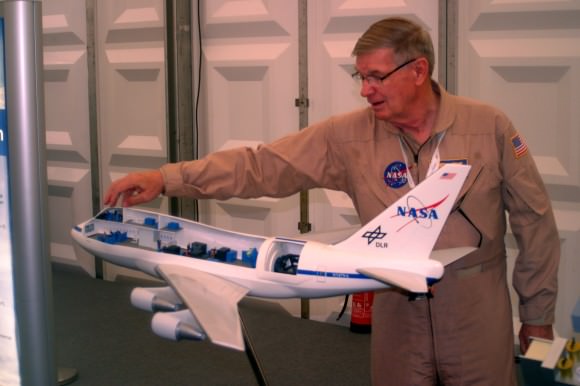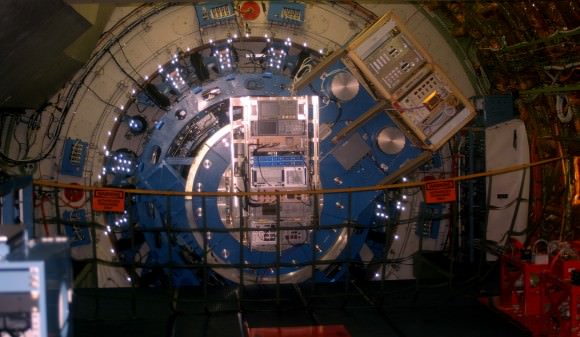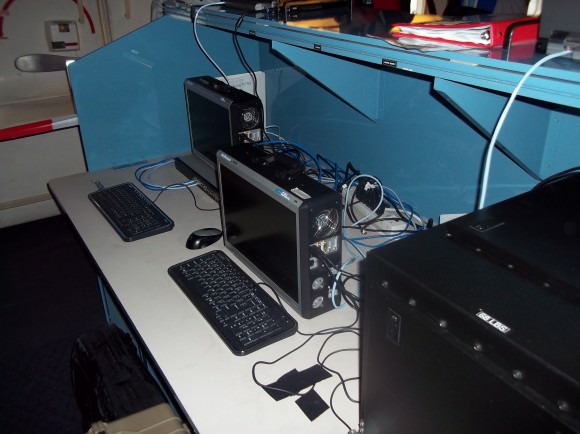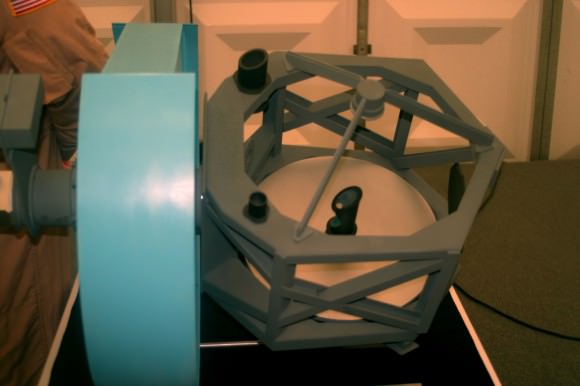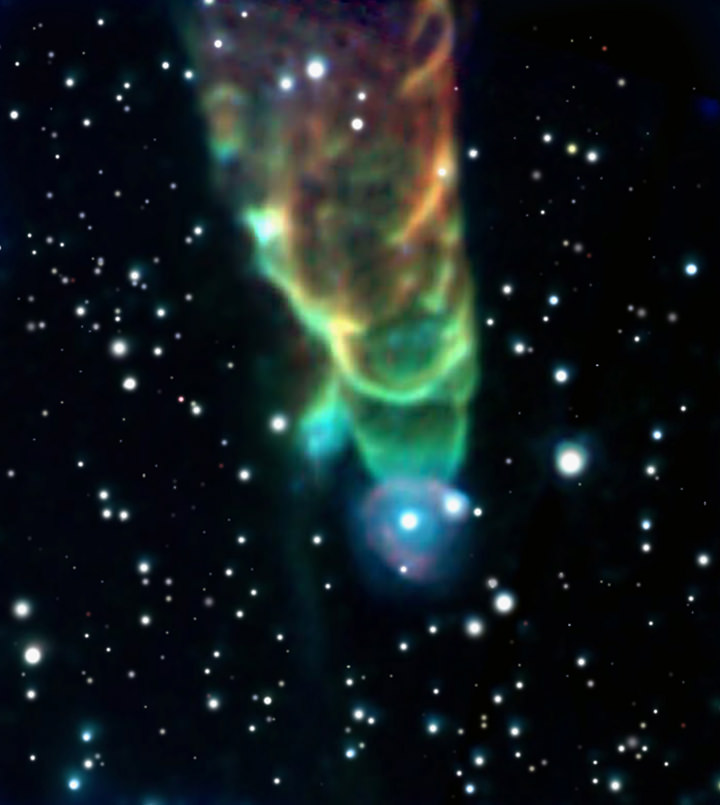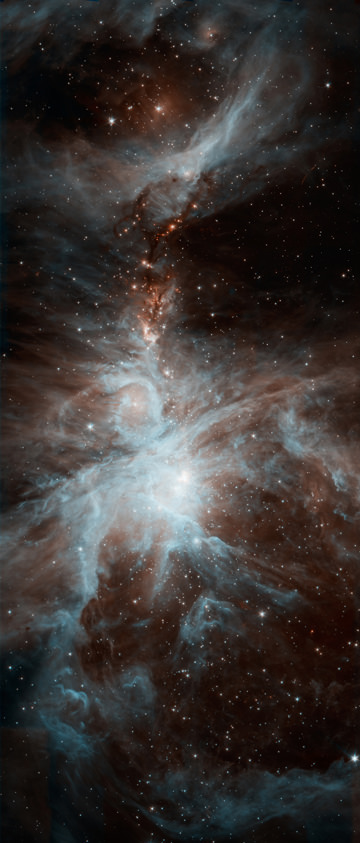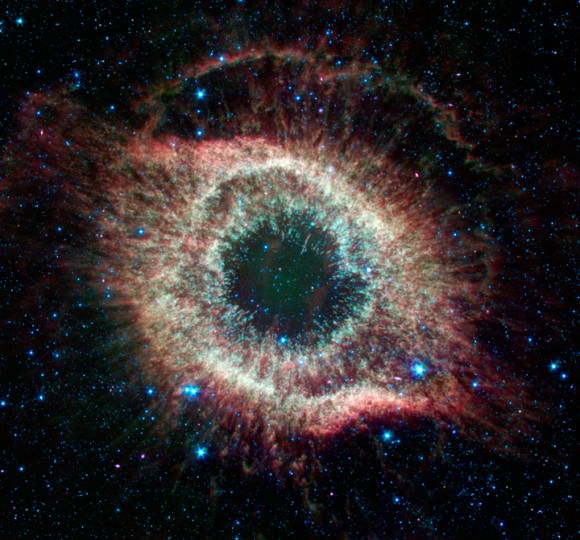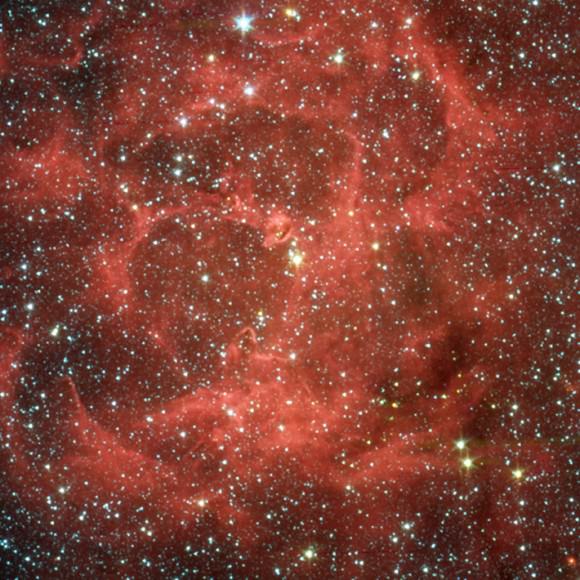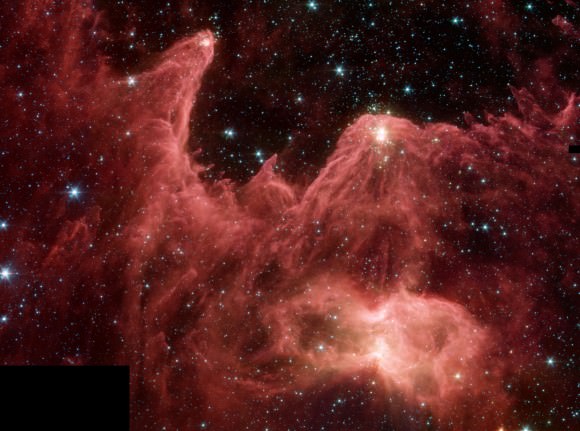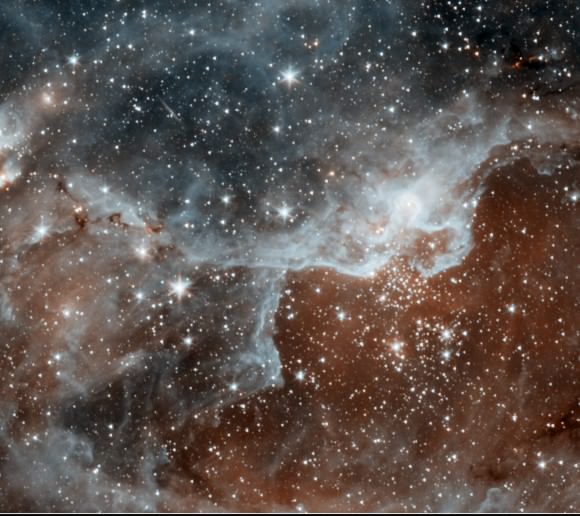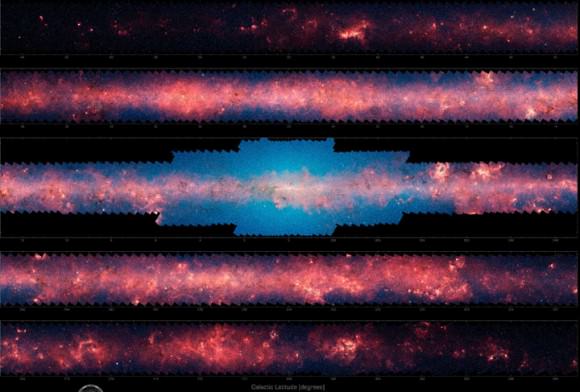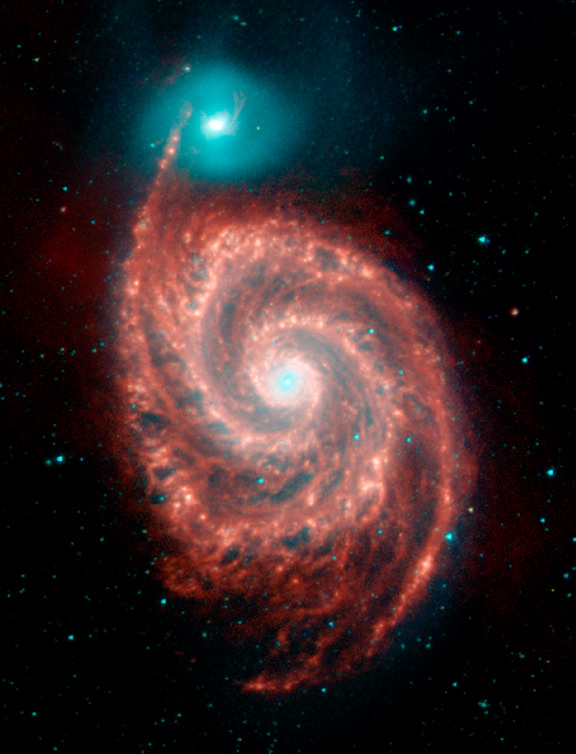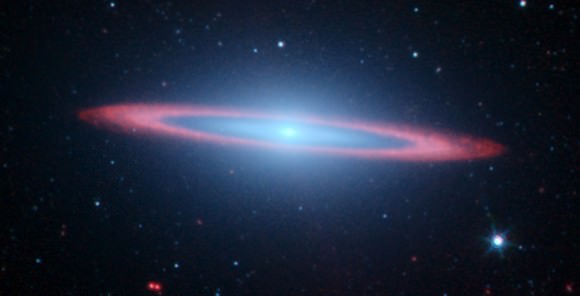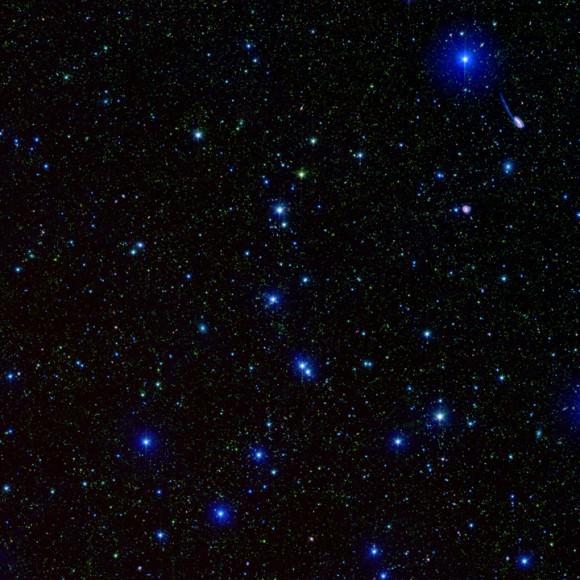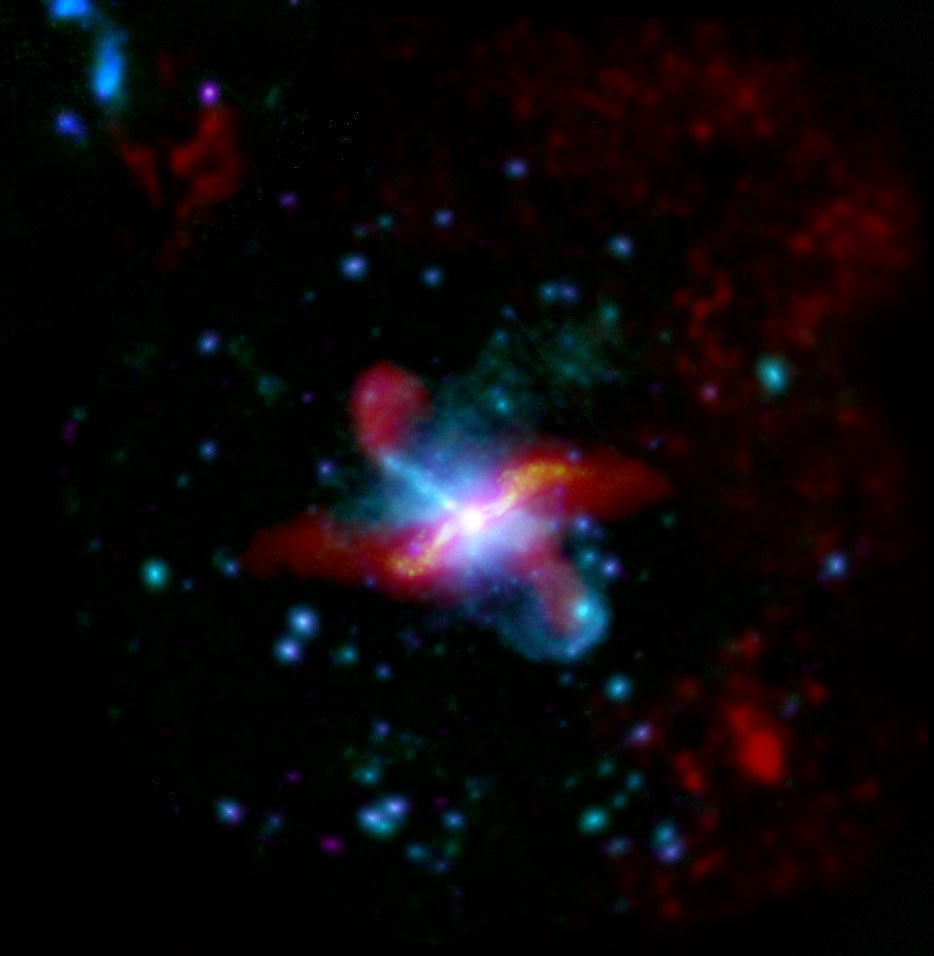Ever since the project was first conceived, scientists have been eagerly awaiting the day that the James Webb Space Telescope (JWST) will take to space. As the planned successor to Hubble, the JWST will use its powerful infrared imaging capabilities to study some of the most distant objects in the Universe (such as the formation of the first galaxies) and study extra-solar planets around nearby stars.
However, there has been a lot of speculation and talk about which targets will be the JWST’s first. Thankfully, following the recommendation of the Time Allocation Committee and a thorough technical review, the Space Telescope Science Institute (STScI) recently announced that it has selected thirteen science “early release” programs, which the JWST will spend its first five months in service studying.
As part of the JWST Director’s Discretionary Early Release Science Program (DD-ERS), these thirteen targets were chosen by a rigorous peer-review process. This consisted of 253 investigators from 18 counties and 106 scientific institutions choosing from over 100 proposals. Each program has been allocated 500 hours of observing time, once the 6-month commissioning period has ended.
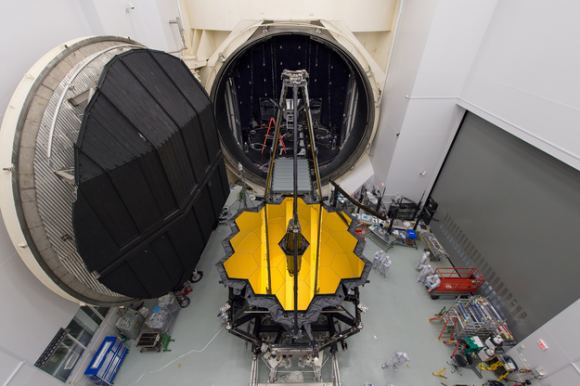
As Ken Sembach, the director of the Space Telescope Science Institute (STScI), said in an ESA press statement:
“We were impressed by the high quality of the proposals received. These programmes will not only generate great science, but will also be a unique resource for demonstrating the investigative capabilities of this extraordinary observatory to the worldwide scientific community… We want the research community to be as scientifically productive as possible, as early as possible, which is why I am so pleased to be able to dedicate nearly 500 hours of director’s discretionary time to these early release science observations.”
Each program will rely on the JWST’s suite of four scientific instruments, which have been contributed by NASA, the European Space Agency (ESA) and the Canadian Space Agency (CSA). These include the the Near-Infrared Spectrograph (NIRSpec) and the Mid-Infrared Instrument (MIRI) developed by the ESA, as well as the Near-Infrared Camera (NIRCam) developed by NASA and the STScI, and the Near-Infrared Imager and Slitless Spectrograph (NIRISS) developed by the CSA.
The thirteen programs selected include “Through the looking GLASS“, which will rely on the astronomical community’s experience using Hubble to conduct slitless spectroscopy and previous surveys to gather data on galaxy formation and the intergalactic medium, from the earliest epochs of the Universe to the present day. The Principal Investigator (PI) for this program is Tommaso Treu of the University of California Los Angeles.
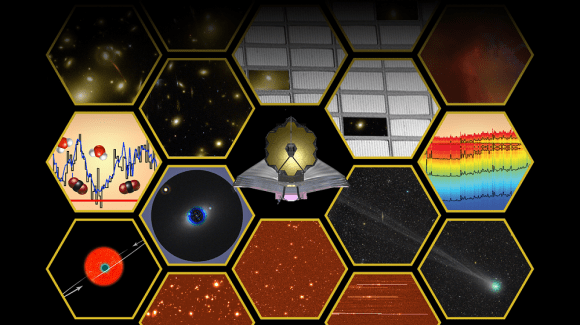
Another is the Cosmic Evolution Early Release Science (CEERS) program, which will conduct overlapping observations to create a coordinated extragalactic survey. This survey is intended to let astronomers see the first visible light of the Universe (ca. 240,000 to 300,000 years after the Big Bang), as well as information from the Reionization Epoch (ca. 150 million to 1 billion years after the Big Bang) and the period when the first galaxies formed. The PI for this program is Steven Finkelstein of the University of Texas at Austin.
Then there’s the Transiting Exoplanet Community Early Release Science Program, which will build on the work of the Hubble, Spitzer, and Kepler space telescopes by conducting exoplanet surveys. Like its predecessors, this will consist of monitoring stars for periodic dips in brightness that are caused by planets passing between them and the observer (aka. Transit Photometry).
However, compared to earlier missions, the JWST will be able to study transiting planets in unprecedented detail, which is anticipated to reveal volumes about their respective atmospheric compositions, structures and dynamics. This program, for which the PI is Imke de Pater from the University of California Berkeley, is therefore expected to revolutionize our understanding of planets, planet formation, and the origins of life.
Also focused on the study of exoplanets is the High Contrast Imaging of Exoplanets and Extraplanetary Systems program, which will focus on directly imaged planets and circumstellar debris disks. Once again, the goal is to use the JWST’s enhanced capabilities to provide detailed analyses on the atmospheric structure and compositions of exoplanets, as well as the cloud particle properties of debris disks.
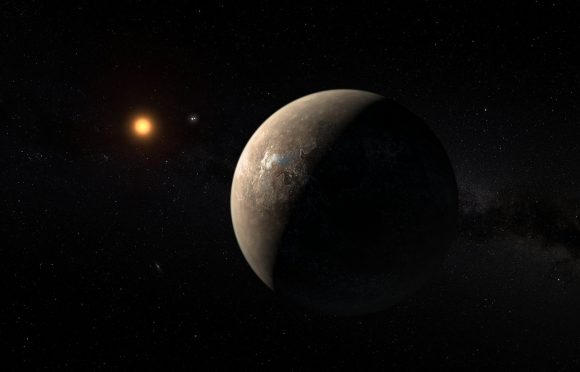
But of course, not all the programs are dedicated to the study of things beyond our Solar System, as is demonstrated by the program that will focus on Jupiter and the Jovian System. Adding to the research performed by the Galileo and Juno missions, the JWST will use its suite of instruments to characterize and produce maps of Jupiter’s cloud layers, winds, composition, auroral activity, and temperature structure.
This program will also focus on some of Jupiter’s largest moons (aka. the “Galilean Moons”) and the planet’s ring structure. Data obtained by the JWST will be used to produce maps of Io’s atmosphere and volcanic surface, Ganymede’s tenuous atmosphere, provide constrains on these moons thermal and atmospheric structure, and search for plumes on their surfaces. As Alvaro Giménez, the ESA Director of Science, proclaimed:
“It is exciting to see the engagement of the astronomical community in designing and proposing what will be the first scientific programs for the James Webb Space Telescope. Webb will revolutionize our understanding of the Universe and the results that will come out from these early observations will mark the beginning of a thrilling new adventure in astronomy.”
During its mission, which will last for a minimum of five years (barring extensions), the JWST will also address many other key topics in modern astronomy, probing the Universe beyond the limits of what Hubble has been capable of seeing. It will also build on observations made by Hubble, examining galaxies whose light has been stretched into infrared wavelengths by the expansion of space.
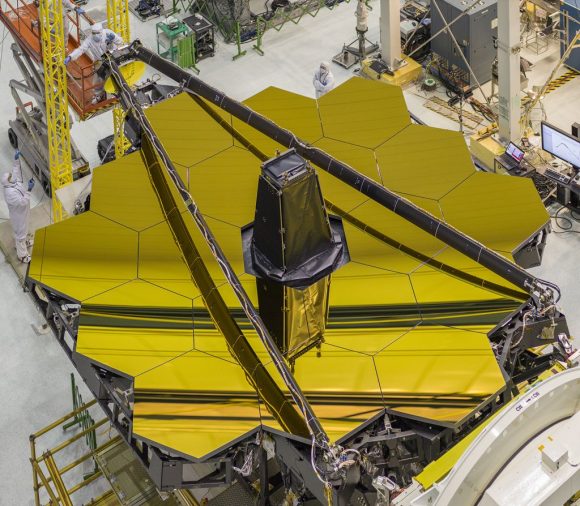
Beyond looking farther back in time to chart cosmic evolution, Webb will also examine the Supermassive Black Holes (SMBH) that lie at the centers of most massive galaxies – for the purpose of obtaining accurate mass estimates. Last, but not least, Webbwill focus on the birth of new stars and their planets, initially focusing on Jupiter-sized worlds and then shifting focus to study smaller super-Earths.
John C. Mather, the Senior Project Scientist for the JWST and a Senior Astrophysicist at NASA’s Goddard Space Flight Center, also expressed enthusiasm for the selected programs. “I’m thrilled to see the list of astronomers’ most fascinating targets for the Webb telescope, and extremely eager to see the results,” he said. “We fully expect to be surprised by what we find.”
For years, astronomers and researchers have been eagerly awaiting the day when the JWST begins gathering and releasing its first observations. With so many possibilities and so much waiting to be discovered, the telescope’s deployment (which is scheduled for 2019) is an event that can’t come soon enough!

